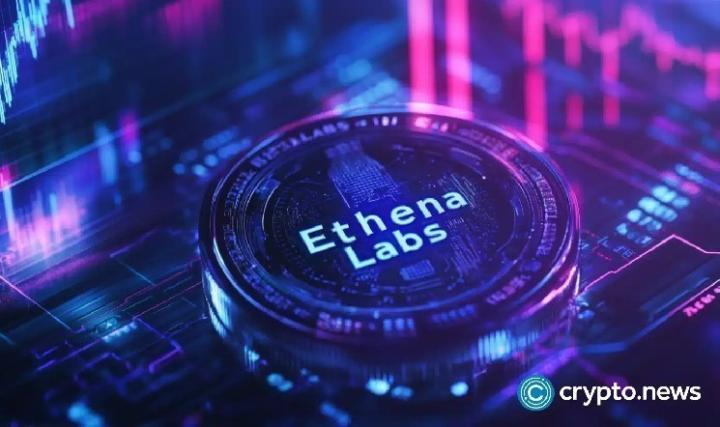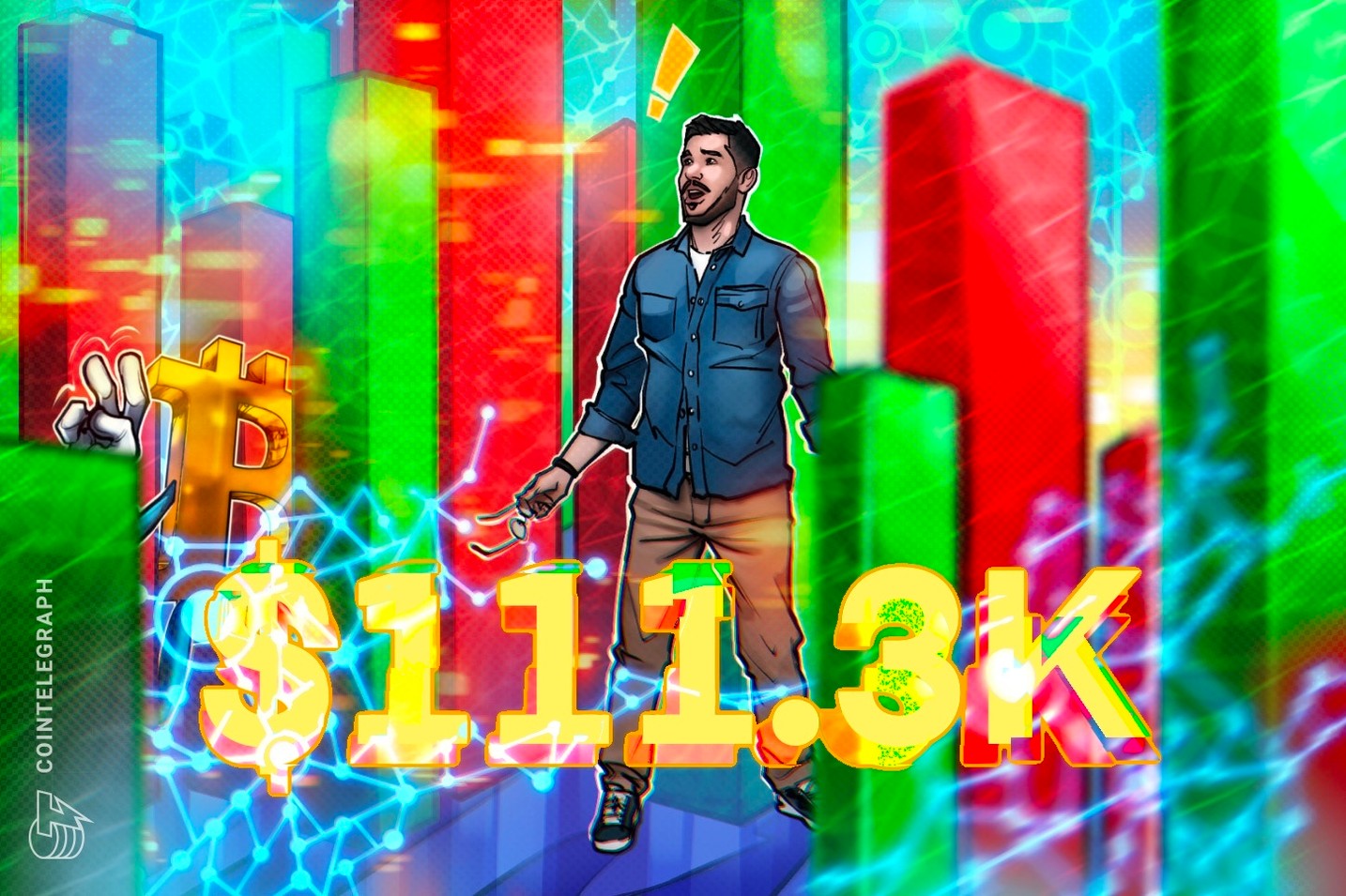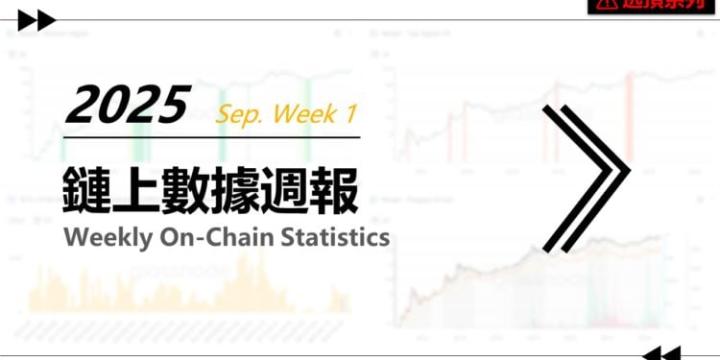"In the crypto world, every price fluctuation is the result of countless factors, and any single attribution may deviate from the truth." This was once the industry consensus, but this consensus was broken in the recent fluctuations of the WLFI token.
The price of World Liberty Financial's WLFI token has fluctuated significantly since its listing, prompting market commentary to quickly point the finger at TRON founder Justin Sun However, recent on-chain data analysis and authoritative opinions suggest this attribution is overly simplistic.
Timestamp: The transfer occurred after the crash
Alex Svanevik, CEO of the on-chain analytics platform Nansen, used AI Research Agent to carefully examine the WLFI transaction timestamps on September 6th and found that Justin Sun did not engage in a market dump. This finding overturned the initial hypothesis that Justin Sun might have been selling WLFI, but a deeper analysis of the timestamp evidence led to a different conclusion.
Svanevik further pointed out that the relevant transfers actually occurred after the WLFI price dropped significantly, so they could not have been the main cause of the price drop. Based on the proportion of total network transaction volume on that day, the scale of these transfers may not have had a substantial impact on the market price trend.
The WLFI token's economic design inevitably faces pressure from early unlocking. Token distribution is highly concentrated, with approximately 83% controlled by entities associated with the Trump family and early major investors. This concentration means relatively limited market liquidity in the early stages of the project, and the unlocking of a large number of tokens could significantly pressure the price.
Even during the price drop, data from the blockchain data platform Bubblemaps shows that of the over 85,000 pre-sale participants, 60% still hold their tokens, with only 29% having sold out completely. This suggests that most investors remain confident. It's normal for some early investors to take profits, especially when a project has garnered significant attention and initial gains.
The World Liberty Financial team's blacklisting of Justin Sun wallet has sparked a profound discussion about the nature of decentralized finance. The project's unilateral freezing of user assets violates the fundamental values of blockchain. Private ownership of token assets is the most fundamental value of blockchain and should be considered "sacred and inviolable."
This centralized response reflects the fundamental contradiction of many current crypto projects: while ostensibly advocating for decentralization, they still retain the ability for centralized control. Justin Sun himself emphasized this principle in his response: "A great financial brand should be built on fairness, transparency, and trust, not on freezing investors' assets."
Market Misreading and Media Bias
Following the WLFI price fluctuations, some media reports displayed significant selectivity and bias. Many reports neglected basic verification obligations and directly cited unverified external reports. Blockchain data revealed that during the so-called "sell-off,"Justin Sun was actually conducting small test deposits, not large-scale sales. These test transactions were misinterpreted as sell-offs, triggering market panic.
All addresses mentioned in online rumors (previously flagged by Arkham as low-reliability, now corrected) are actually HTX exchange hot wallets and have nothing to do with Justin Sun personally. The related transfers are standard market maker operations—borrowing tokens from HTX and then transferring them to Binance to balance liquidity across exchanges.
WLFI's listing comes amidst a significant correction in the cryptocurrency market. Major cryptocurrencies such as Bitcoin and Ethereum have experienced varying degrees of decline, and market sentiment is generally cautious. In this environment, it's natural that newly listed tokens face increased pressure.
As the WLFI ecosystem gradually develops, the market will return to rationality, recognizing that WLFI's true value lies not in short-term price fluctuations, but in its long-term financial ecosystem. As more application scenarios are implemented and the ecosystem matures, this incident will become a footnote in the WLFI project's growth, reminding people of the complexity of the cryptocurrency market and the interplay of multiple factors.








